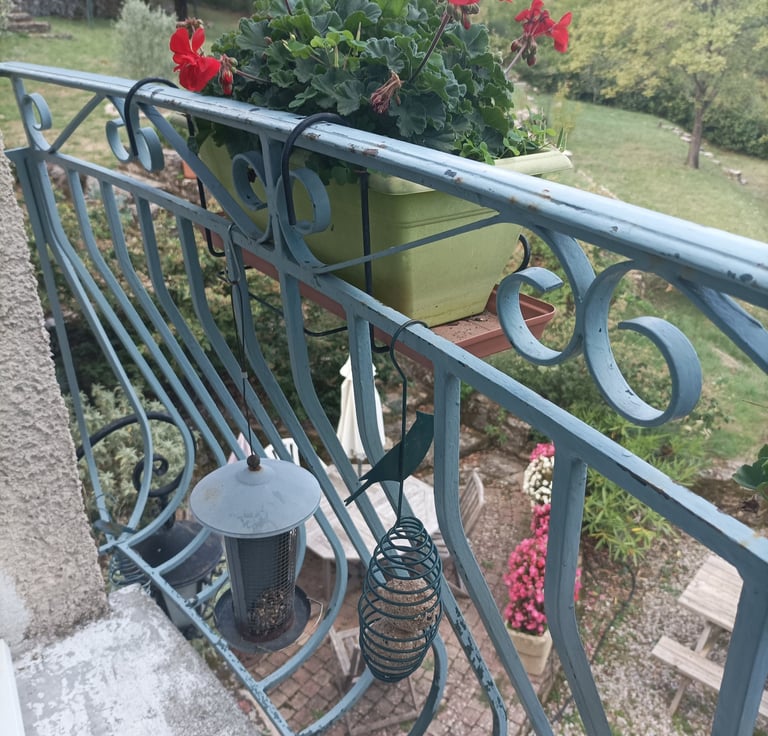
Taking Stock
How does it feel to be back in France?
SEASONSFLORA AND FAUNA AND THE FOREST WORLD
9/26/20255 min read
We've been back home for well over a week now, and have been taking stock. We had only been away for two weeks, but in the interim, summer had changed to autumn, and now everything was feeling different. But of course, the most important thing was to know if Léo was safe and well. He strolled from his hideout under the big rock to greet us with a big yawn, as if to say "back then?" in a kind of disinterested way. But he looked in good shape, so all was well. This has been a cool, rainy September, but that's not all bad, for the grass that had turned brown and withered is now freshly green again, and tiny blue chicory flowers are peeping through. What's more, some of our flowering shrubs which had given up in the searing heat of summer, are flowering once more, such as the delicate pink, red and mauve flowered sage. Choisya is an excellent shrub, for it flowers twice a year , in spring and autumn, and its white autumn flowers are now in full bloom, filling the air with almond like perfume. Bright red geraniums adorn summer balconies all over France, but ours had faded before we left. Now they are blooming again. There is much to be said for autumn, and it has certainly begun. Even if most of the trees are still clothed, they are fading and looking tired, and we look forward to seeing their bright colours once more.
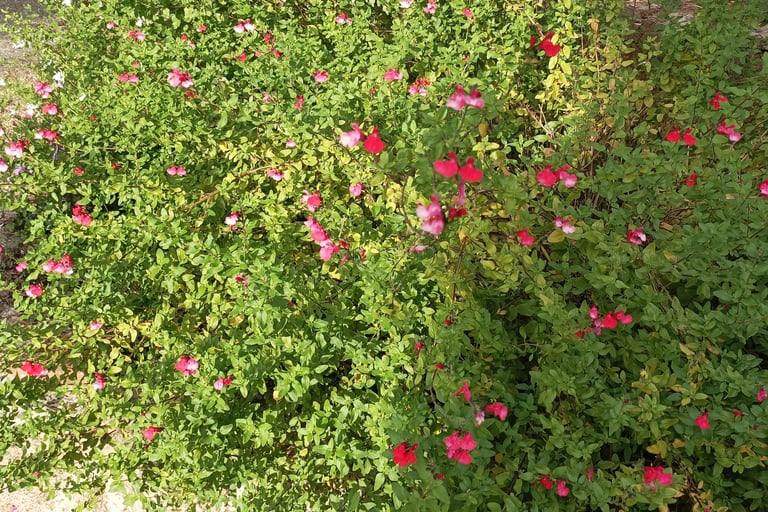

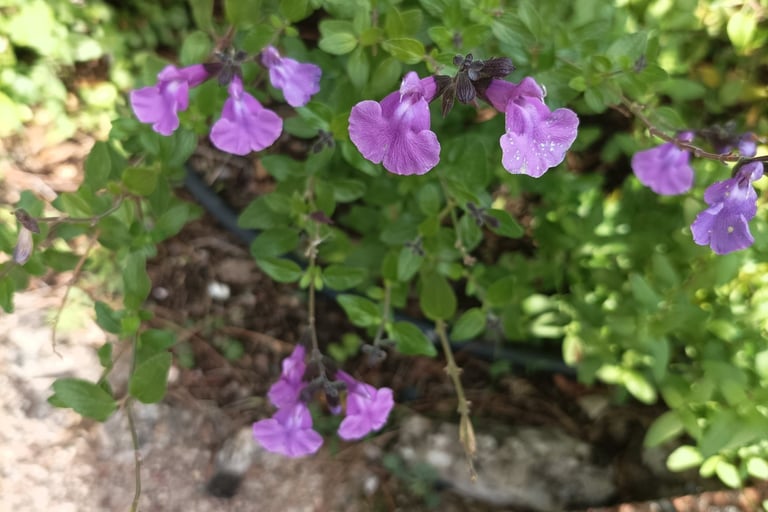

Sage
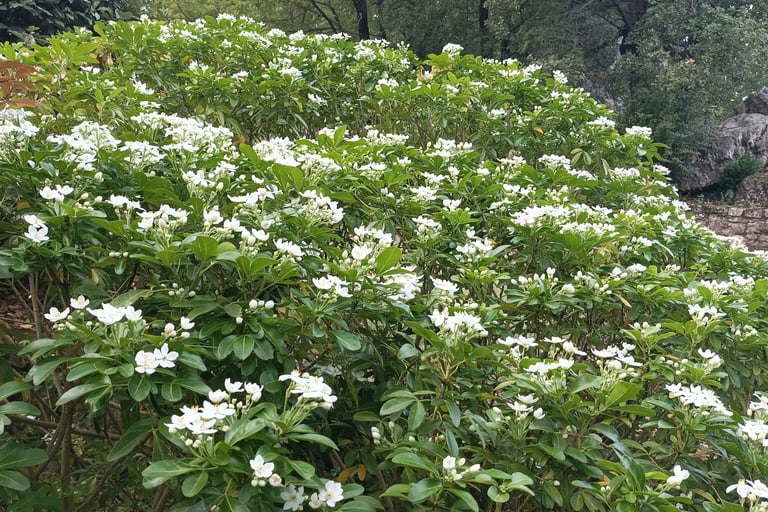

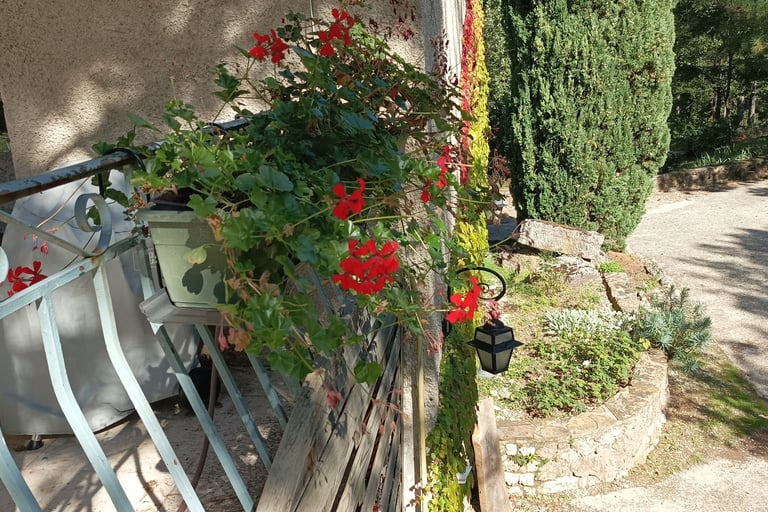

For quite a few years now, we have been nurturing a small citronnier (lemons) and an orangier (tiny oranges) in pots. Alas, we have not had enormous success. Sometimes copious blossom appears, and we watch with joy as bees hover around . But just as quickly the blossoms die back . Even if tiny fruits do set, they soon wither and drop off. Occasionally we have had a good year, and when we do our lemons are the very best. They are exceedingly juicy, and just perfect in drinks. and as they are bio, the lemon rind is an excellent ingredient in my cooking. Our oranges are bitter and tiny, but they do make a very good orange and almond cake( see Claudia Rosen or Nigella Lawson.)When we left for Italy, we felt little hope for seeing any citrus this year, but on our return I have spotted tiny fruit on both shrubs. What's more they already look viable. Such small things bring great pleasure.
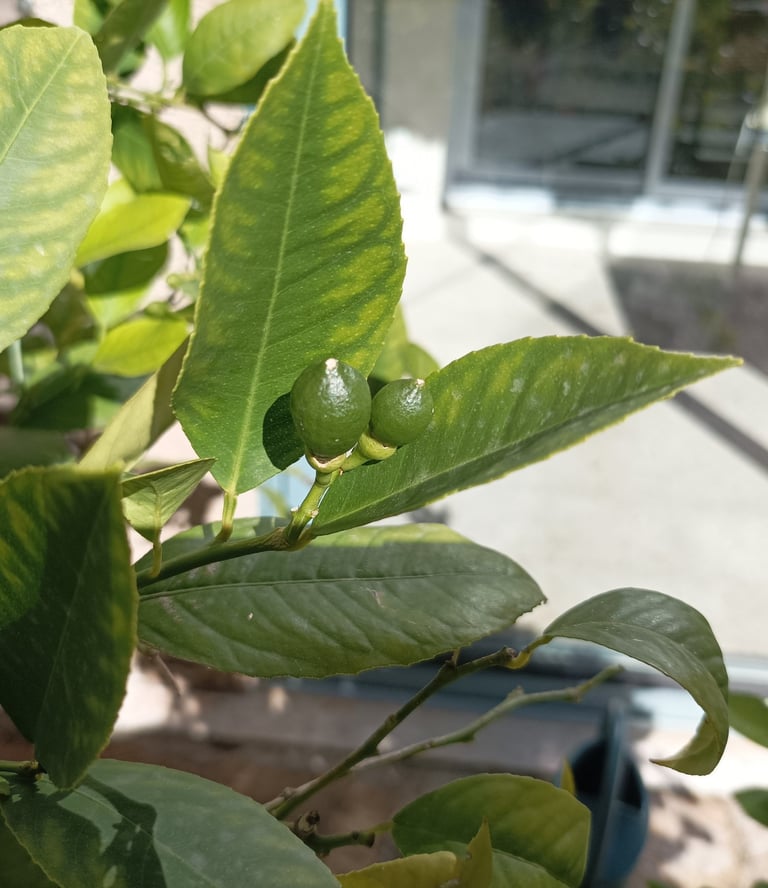

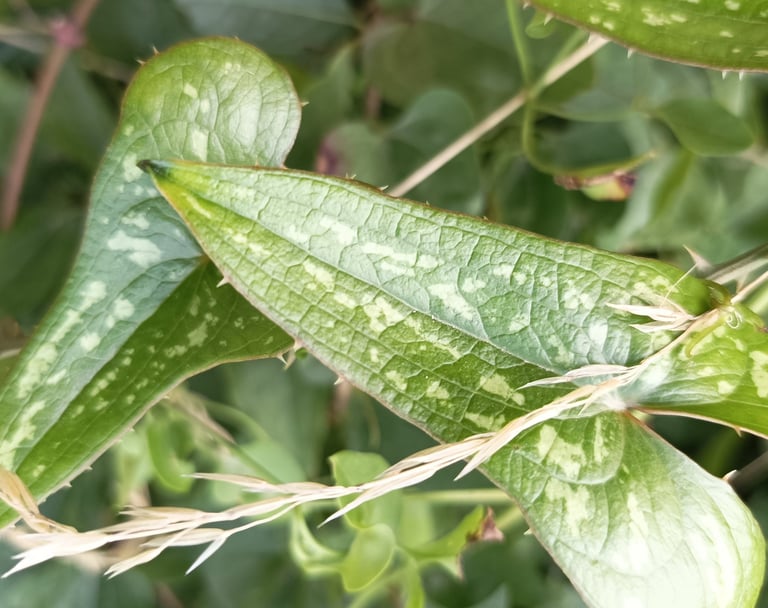

It feels good to be walking in our forest again, but nothing much seems to have changed. Unlike in spring and early summer, there a very few wild flowers to be seen. But wait a minute! "What is that smell?" Long gone are the days when the sweet scent of genista filled the air, or the allure of honeysuckle was wafted on the evening breeze. But now, something new is giving off a delicate perfume, and we know immediately what it is..."Smilax!" we both exclaim at once. Smilax is a kind of bind weed that grows in thickets and maquis throughout the Mediterranean region. It flowers between August and November, and has heart shaped leaves, often speckled with white. Moreover, its long winding stems, and the edges of every leaf are covered in sharp thorny spikes. Therein lies a story.
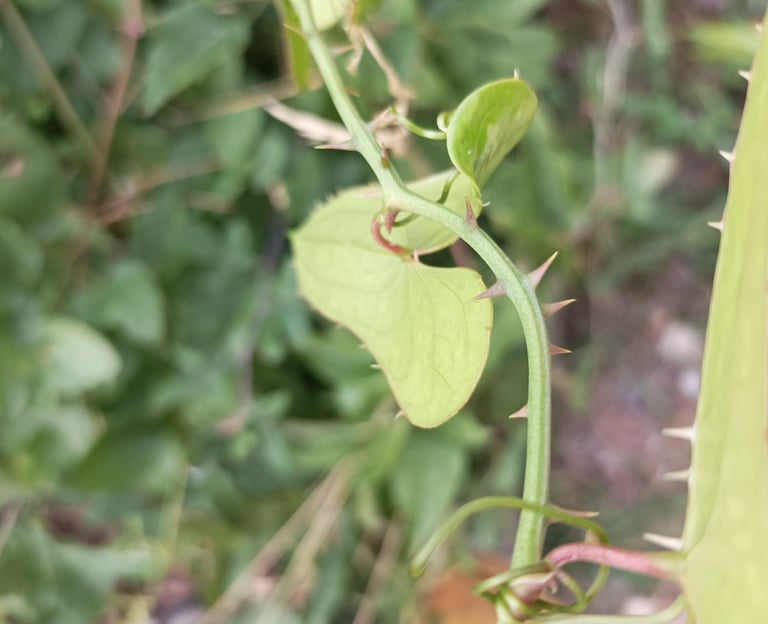

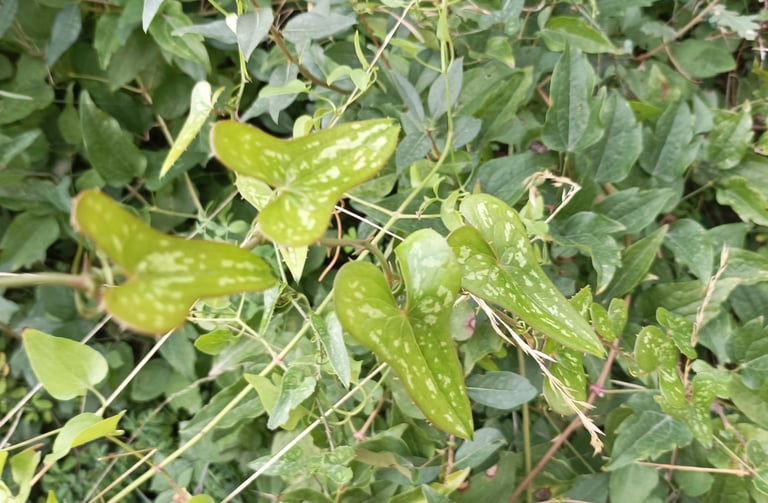

Some years ago, we had just taken in a rescue dog; a beautiful golden retriever called Simba. The trouble was Simba was already about five years old, and had never been trained, nor it seemed, had he ever been taken for walks. You can imagine his delight when discovering his freedom. Off he would trot, down through the forest , to visit interesting female "friends." We soon put a stop to that, but made sure to buy a long lead so that he could join us on our walks in the forest. Very soon , we felt we could set him free to run ahead of us. and then, one autumnal day he completely vanished. We searched the forest paths far and wide, but he was not to be found: neither sight , nor sound. We decided to venture away from the road and explore deeper into the forest, and that is where we eventually found him. He hadn't been crying out at all, but here he was completely tangled up in prickly smilax bindweed. We had a highly difficult and painfully unpleasant task to extricate him. I am glad to say that he subsequently became an affectionate and (fairly!) obedient pet.


What about the goldfish? All there...check! I see about fifteen or more goldfish swimming in the pond: some big, some small, and some so tiny that they still haven't coloured up. It is a relief to know that the heron hasn't visited in our absence.
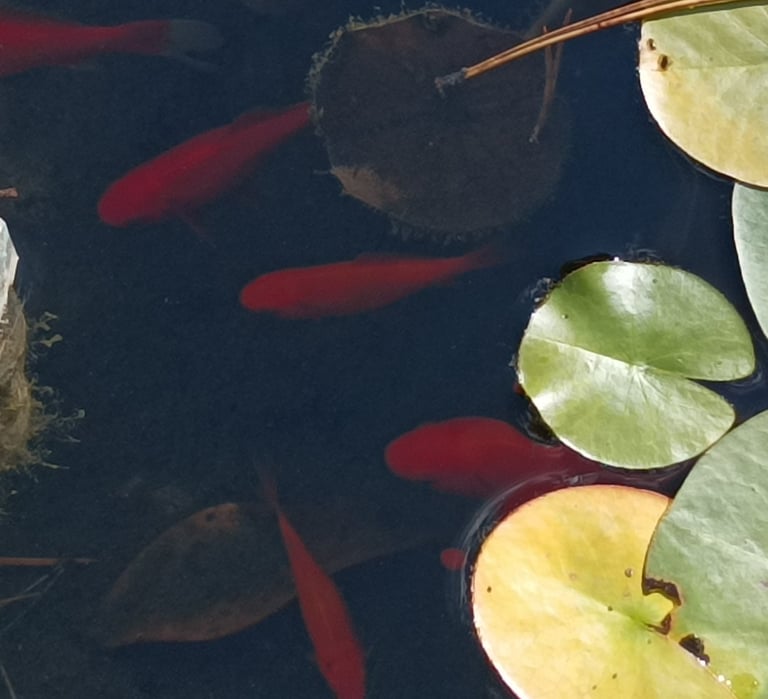

But what about all our birds? For sure, many of the smaller species had vanished into the forest during the heat of summer, but where were they now? There were no tits, robins, blackbirds , or any others to be seen. And where were the golden orioles that were singing so beautifully from the trees as we left? Have they already returned to Africa? Fortunately a small visitation of pied fly catchers has stayed with us. They had arrived in August, and here they still are, launching themselves across our garden; hovering in the air for a brief second or two as the sunlight plays through their fan-like wings; and then alighting in a tree on the opposite side with their prey. They are so entertaining that I shall be sad to see them go. I hope they'll drop in again sometime, after spending their winter in Africa.
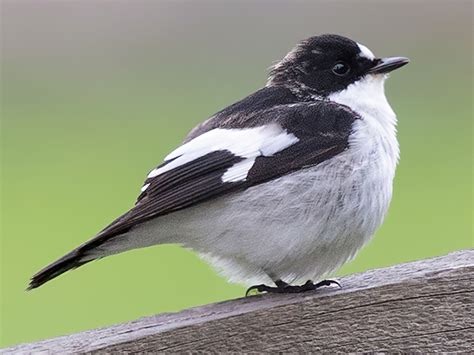

As for our resident blue tits, great tits, robins et al. Winter would not be the same without their company. But the ash tree where they often hang about is currently empty. Two days ago we put out some fat balls to tempt them back and petit a petit the blue tits have returned. Let's hope they soon bring along all their friends.
